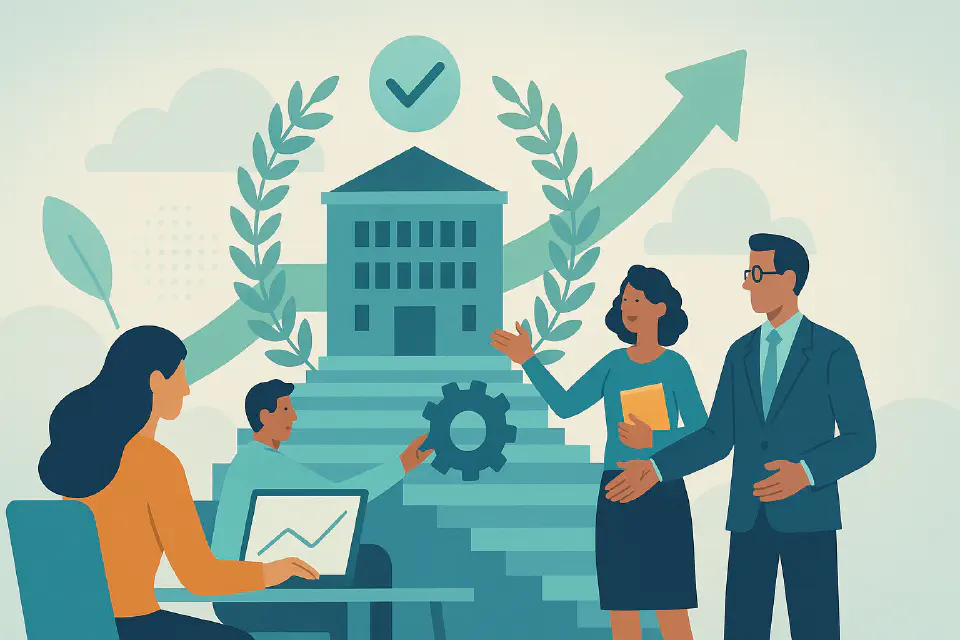
Sustainable HR Transformation: Embedding Change
Real transformation doesn't end with go-live. To make change stick, HR must integrate new ways of working into the DNA of the organization.
Many HR transformations start strong—but few truly stick. Real change doesn’t end with implementation. It becomes sustainable only when it’s embedded in systems, culture, and leadership behaviors.
This page explores what it takes to anchor transformation so it doesn’t fade away after the spotlight shifts.
Why Transformations Fade
Even successful HR projects lose momentum over time. Common reasons include:
- Leadership turnover or shifting priorities
- Lack of post-project accountability
- Staff reverting to old habits under pressure
- Performance metrics misaligned with new practices
Embedding in HR Systems & Processes
A key sustainability lever is to embed change into core processes:
| Domain | How to Embed Transformation |
|---|---|
| Talent Acquisition | Align job descriptions, assessments, and EVP |
| Performance Management | Link goals to new values or behaviors |
| Learning & Development | Focus on new skills and mindsets |
| Rewards & Recognition | Incentivize participation and experimentation |
| HRIS / Workflows | Reflect new structures and automation logic |
Role of Culture and Leadership Modeling
Transformation survives through culture—the shared beliefs and behaviors reinforced every day.
- Leaders must model the change consistently (e.g. using new tools, celebrating agility)
- Language must shift (from “rollout” to “co-creation”, from “project” to “new normal”)
- Stories must be told (highlighting real users benefiting from the change)
Governance After Implementation
Many transformations lose structure post-go-live. To sustain momentum:
- Appoint change owners for each stream (not just project managers)
- Run regular retrospectives and feedback loops
- Report on transformation health (adoption, satisfaction, performance impact)
- Maintain a transformation dashboard visible to executives
Reinforcement Mechanisms
Embedding is not passive—it requires intentional reinforcement:
- Rituals (e.g. weekly stand-ups, demo days)
- Visuals (e.g. dashboards, process visuals in offices)
- Celebrations (e.g. transformation champions awards)
- Coaching (e.g. drop-in hours, peer-led clinics)
Even small acts of consistency—like always using the new HRIS for approvals—build cultural memory.
Building Feedback and Continuous Learning
Transformation should not be frozen in time. To stay relevant:
- Capture user feedback regularly
- Adjust based on what works in practice
- Create safe zones for experimentation
- Document and share lessons learned
This supports a learning culture where transformation becomes a continuous loop, not a one-time effort.
Metrics That Support Sustainability
Avoid “vanity” metrics. Focus on those that track true embedding:
- % of users consistently applying new processes
- Time saved or value created through transformation
- Employee experience improvements
- Business impact of new HR capabilities (e.g. faster hiring, higher retention)
- Reduction in shadow systems or workarounds
Sustaining Energy and Ownership
Long-term change can drain energy. To keep momentum:
- Rotate ownership roles to avoid burnout
- Use storytelling to reconnect people to purpose
- Offer periodic reboarding on the “why” behind the transformation
- Celebrate progress, not just finish lines
When people believe in the direction and see their role in it, sustainability becomes self-reinforcing.